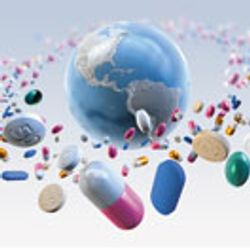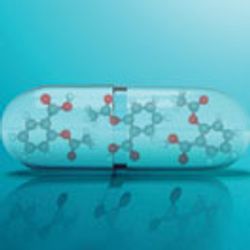
OR WAIT null SECS
- About Us
- Advertise
- Contact Us
- Editorial Info
- Editorial Advisory Board
- Do Not Sell My Personal Information
- Privacy Policy
- Terms and Conditions
© 2025 MJH Life Sciences™ , Pharmaceutical Technology - Pharma News and Development Insights. All rights reserved.
Going Global Increases API Monitoring Burden
PTSM: Pharmaceutical Technology Sourcing and Management
Pharma companies must weigh cost efficiencies of global API sourcing with increased complexities of monitoring for compliance and quality.
The fragmented nature of the global API supply market provides drug license holders with more options for sourcing supplies. A less expensive choice does not necessarily equate to the best choice when it creates more qualification and monitoring responsibilities for the drug owner.
At the annual gathering of the Drug, Chemical and Associated Technologies (DCAT) organization in New York City in mid-March 2016, representatives of pharma companies and industry suppliers examined shifts in sourcing of APIs and the business drivers behind the changes. They also heard cautionary advice about regulatory challenges for drug companies involved in global sourcing.
Enrico Polastro of Arthur D. Little Benelux shared observations and statistics about the shifts in the APIs market noting the movement from in-house API production to a more strategic approach of outsourcing drug substance manufacturing (1). Between 1995 and 2014, the share of the merchant API market has shifted from 45% to 54%.
European API manufacturers produce $12 billion in product through approximately 200 suppliers, with a focus on custom synthesis and complex APIs. Custom synthesis is also the primary focus of the approximately 50 producers in Japan where production is estimated to be $3 billion and demand is $2.5 billion. Latin America produces only $500 million in APIs, primarily for its domestic market; demand is estimated at $7 billion. North America, with an API demand of $13 billion, produces only $2.5 billion through 40 suppliers, with a focus on large-volume analgesic API and niche-type APIs.
China and India are predominant producers and exporters of APIs, with a combined production of $27 billion, but a demand of only $10 billion. These countries-which primarily produce catalog products-also have the largest number of suppliers; China and India have approximately 1500 and 2300 API suppliers, respectively.
In the past 20 years, API sourcing from China and India has been attractive due to capacity build up in those regions and regulatory hurdles imposed on producers in the West.
The rapid growth, however, can create higher non-conformance to Western regulatory standards, illustrated by the higher proportion of warning letters issued by FDA and statements of non-compliance issued by the European Union. Presenters noted that some compliance-related issues at API suppliers in India and China are due to a lack of knowledge by the supplier about good manufacturing practices, which places a greater burden on the drug owner to ensure the safety of all products in the supply chain.
Supplier audits are becoming more important, said Robin Kumoluyi, vice-president and global head group quality audit, Novartis (2), and third-party audits that are conducted to industry standards can provide the needed audit functions for drug companies.
The large number of producers, questions about the reliability of China and India as a supply source, and the strength of the US dollar may bring some API production back to the West, Polastro said. Suppliers, however, need to invest in equipment, and customer relations to keep the pendulum swinging back to Europe and North America, he said.
For drug license holders, quality, compliance, and monitoring need to be factored with product price when selecting and evaluating API suppliers for the long term.
References
1. E. Polastro, “Pharmaceutical Fine Chemicals Outsourcing Back to the West?,” DCAT Week 2016 Presentation (New York, March 15, 2016).
2. R. Kumoluyi, “API Compliance Trends, “DCAT Week 2016 Presentation (New York, March 15, 2016).
Article DetailsPharmaceutical Technology
Vol. 40, No.4
Page: 12
Citation:
When referring to this article, please cite it as R. Peters, “More Outsourcing? More Monitoring," Pharmaceutical Technology 40 (4) 2016.



